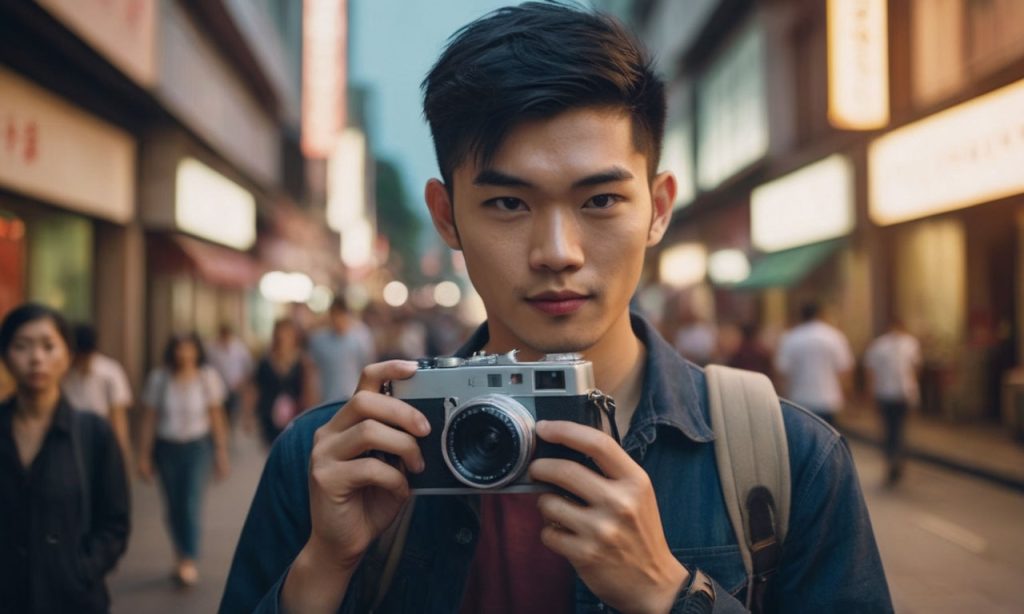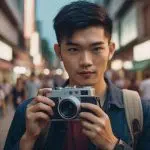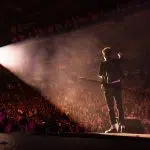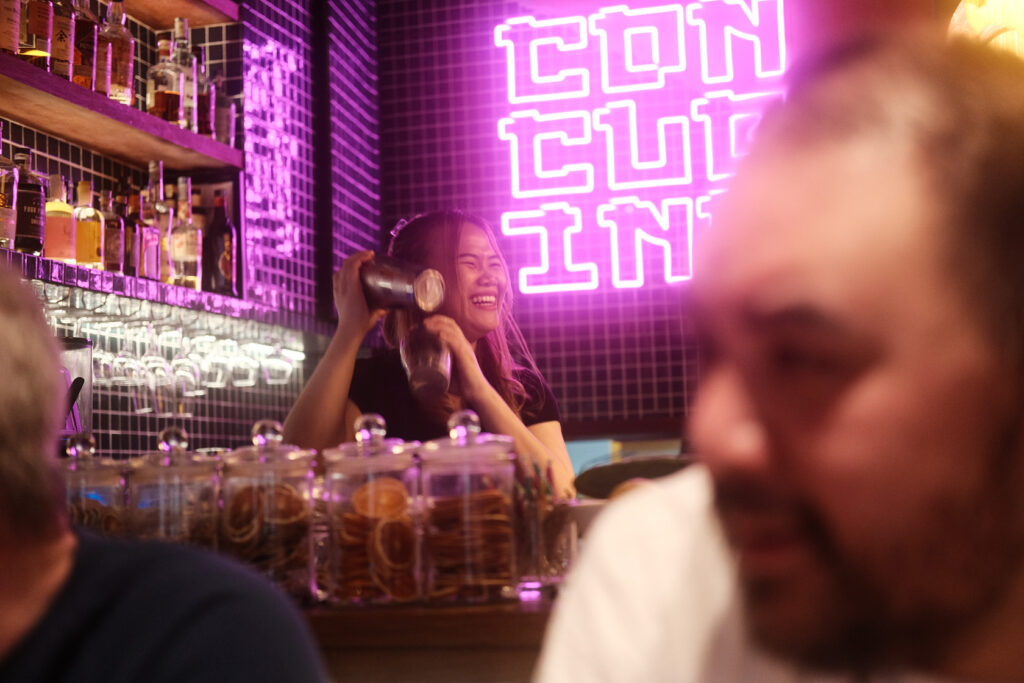Travel photography in Malaysia is more than just capturing images; it’s about preserving memories and sharing experiences. Whether you’re photographing a sunset over the ocean or a bustling street market, the right skills can significantly enhance the impact of your pictures.
This blog aims to equip you with various techniques and tips to elevate your travel photography in Malaysia, turning ordinary shots into compelling narratives and stunning visuals.
Understanding the Basics of Photography
Before diving into complex techniques, it’s crucial to grasp the basics of photography, especially when tackling street photography in Malaysia and managing tricky lighting conditions in Kuala Lumpur. Understanding exposure, composition, and lighting is foundational. Exposure involves the amount of light that reaches your camera sensor, controlled through shutter speed, aperture, and ISO settings. A well-exposed photo balances these elements to produce clear and vibrant images, which is essential in the varied lighting of Kuala Lumpur’s streets.
Knowing your equipment is equally important. Familiarize yourself with the different settings and lenses your camera offers. Each lens has a unique purpose; for example, a wide-angle lens is perfect for capturing expansive landscapes, while a telephoto lens is ideal for zooming in on distant subjects, offering versatility for both scenic views and detailed street scenes in Kuala Lumpur.
Cameras & Lenses for Travel Photography
Choosing the right camera and lenses is essential for enhancing your travel photography. Compact cameras are great for convenience and portability, while mirrorless cameras offer a balance of size and quality, suitable for both amateurs and professionals.
DSLRs are ideal for those requiring high image quality and performance in low-light conditions. Lens selection should include a wide-angle lens for landscapes, a telephoto lens for distant subjects, and a prime lens for superior sharpness and low-light performance.
Consider features like weather-sealing for durability, image stabilization for sharper images, and the overall weight for comfortable travel. Proper equipment selection can significantly improve your photography, allowing you to capture and share stunning travel memories effectively.
- Best camera settings for travel photography
- Compact cameras for travel
- Camera lenses for travel
Composition and Perspective
Good composition is what turns a simple photo into a captivating one. Follow the rule of thirds: imagine your image is divided into nine equal segments by two vertical and two horizontal lines. Placing your subject along these lines or at their intersections makes the photo more balanced and engaging.
Experimenting with perspective can also add depth to your photos. Try taking shots from different heights and angles. For instance, capturing a cityscape from a rooftop can offer a panoramic view that ground-level shots can’t match.
- Leading lines for travel portraits
Lighting and Time of Day
Lighting can dramatically affect the mood and quality of your photos. Natural light is generally the best light source for travel photography. The golden hours—shortly after sunrise or before sunset—provide soft, warm lighting that enhances textures and colors.
Conversely, the blue hour, which occurs just before sunrise and after sunset, offers cool, ethereal light perfect for cityscapes and night shots. Learning to work with these different lighting conditions can significantly improve your photographs.
Building a Narrative Through Photos
Travel photography isn’t just about individual shots; it’s about telling a story. When exploring the best street photography locations in Kuala Lumpur, select your subjects to reflect the essence of the place or moment. Whether it’s the tranquility of a secluded beach or the chaos of a bustling street festival, your photos should convey a storytelling.
Think about the sequence of your photos as well. Arranging them to reflect the progression of your journey through these prime photography spots can help viewers connect more deeply with your experience. This method allows you to create a visual journey that captures the unique atmosphere and energy of each location.
Editing and Post-Processing
Post-processing is a powerful tool to improve or alter the appearance of your photos. Basic editing techniques include adjusting exposure, contrast, and color balance to make your images pop. For Fujifilm camera users, utilizing SOOC Film Recipes can enhance photos directly in-camera, mimicking various film styles and creative looks without the need for external editing.
For users of other top travel cameras, such as the Ricoh GRIII, Sony, Canon, and Nikon, advanced software like Adobe Lightroom and Capture One offers extensive capabilities for detailed retouching, applying filters, and merging photos for artistic effects. Lightroom presets are particularly useful for achieving consistent looks or themes across your travel photos, speeding up the editing process while maintaining high-quality results.
These software options are great for both beginners and professionals, offering a wide range of tools and are supported by numerous tutorials that can help you start editing your photos effectively. Whether adjusting a few sliders in Lightroom or diving into the more intricate editing capabilities of Photoshop or Capture One, these tools can significantly enhance the visual appeal of your travel photography.
Conclusion
Improving your travel photography skills requires practice and patience, but by understanding the basics, experimenting with composition and lighting, mastering advanced techniques, and effectively using post-processing tools, you can significantly enhance the quality of your travel photos. Exploring the Instagram travel photo hotspots can provide exciting subjects and settings to apply these skills, making each picture a standout part of your journey.
Remember, each picture tells a part of your journey, so keep shooting and tell your story through your lens. Happy travels and happy shooting!
This comprehensive guide should help both novice and seasoned photographers improve their travel photography. You might also interested in our mobile photography guide that will enhance your travel photos. With each section carefully designed to build on the previous one, readers can progress smoothly from basic concepts to more advanced techniques, making the most of Instagram-worthy locations along the way.









